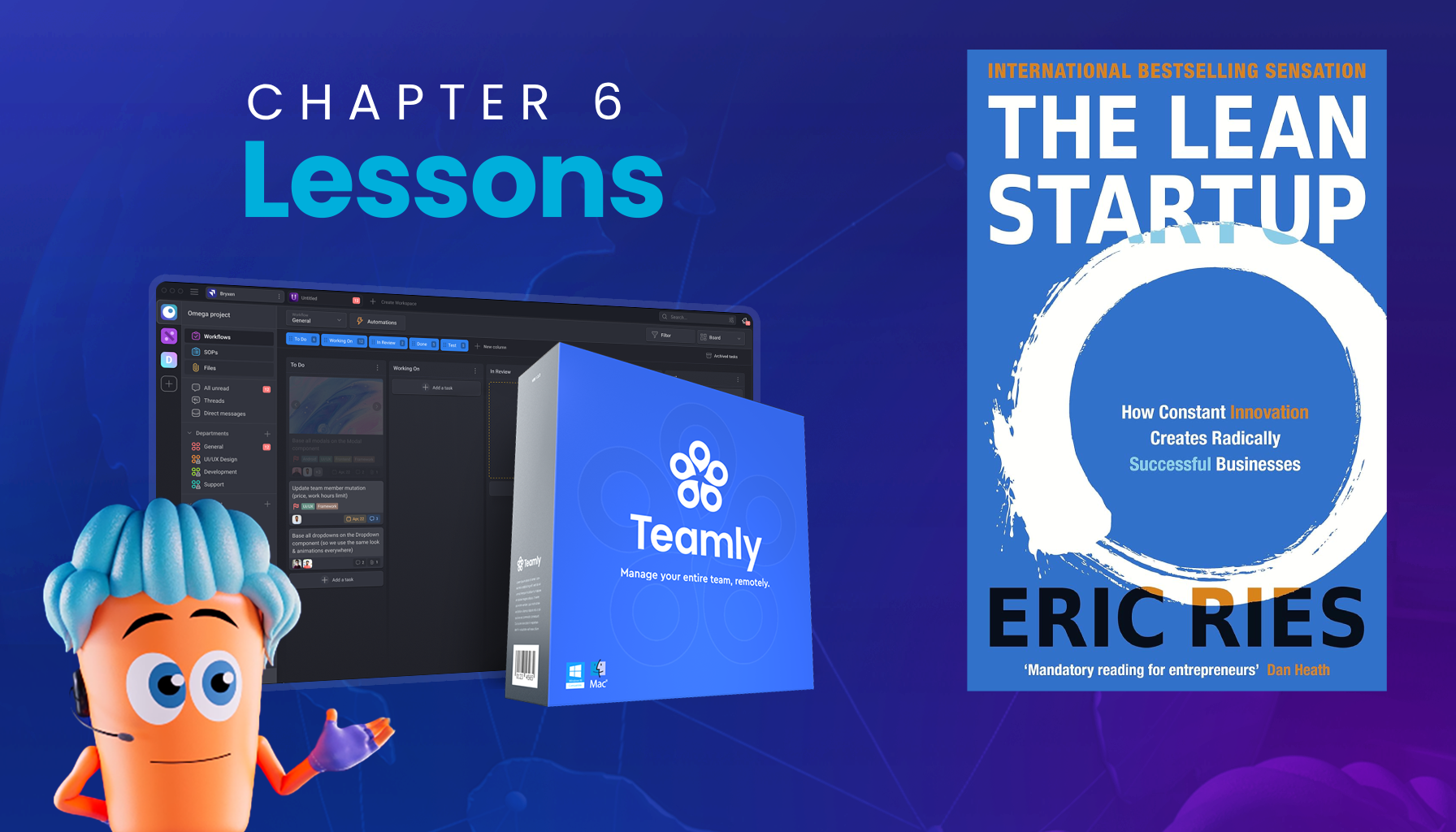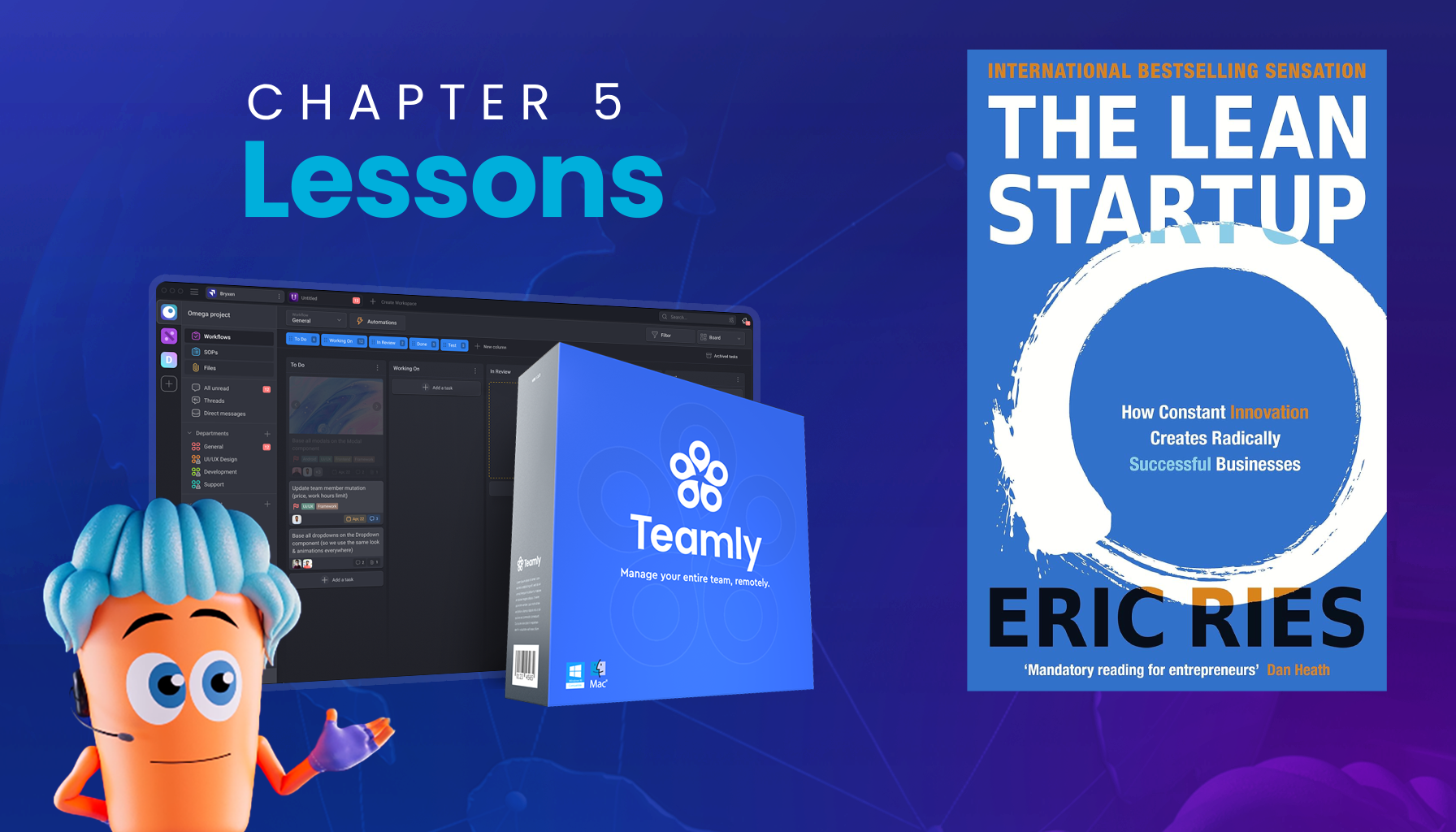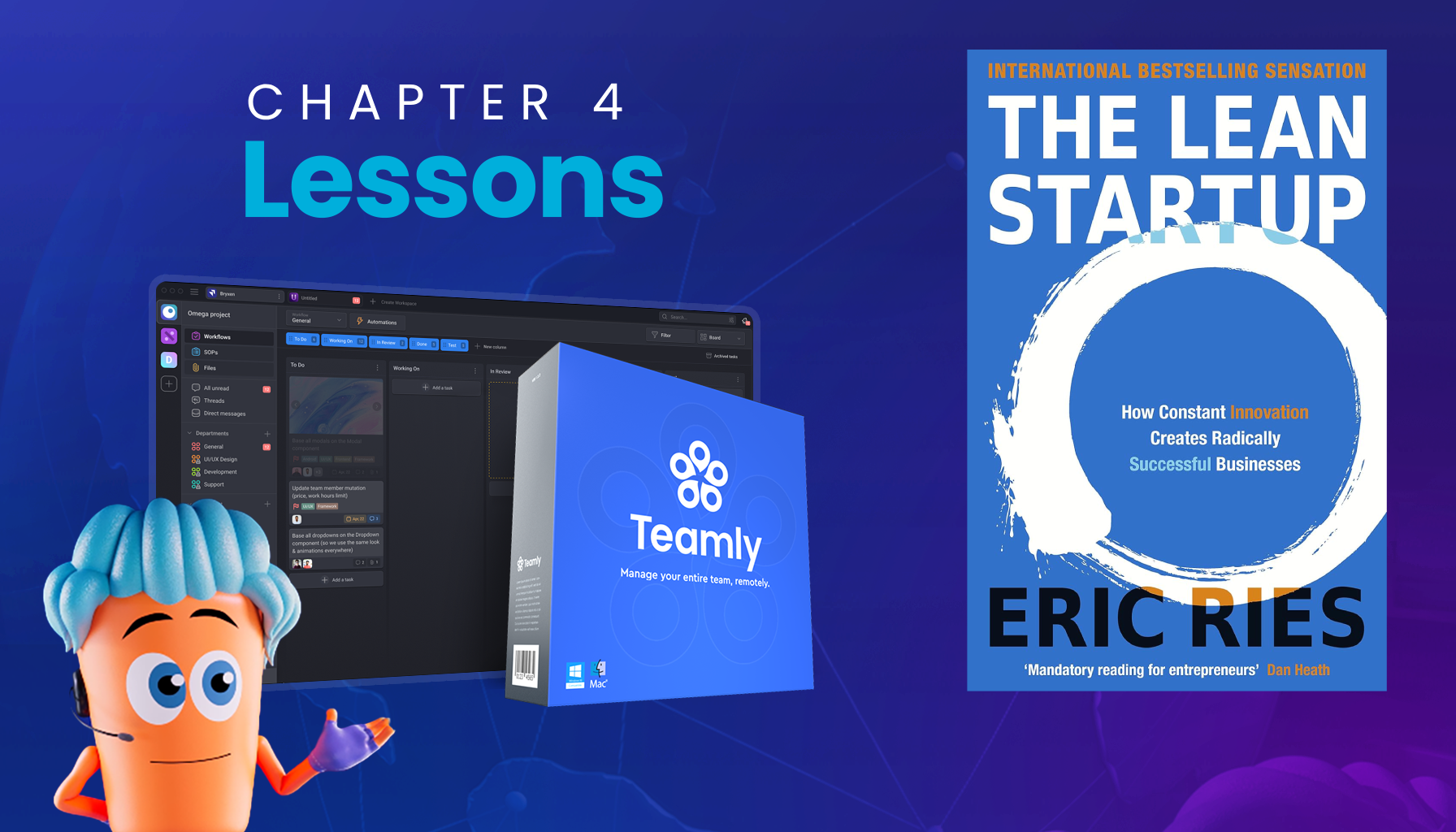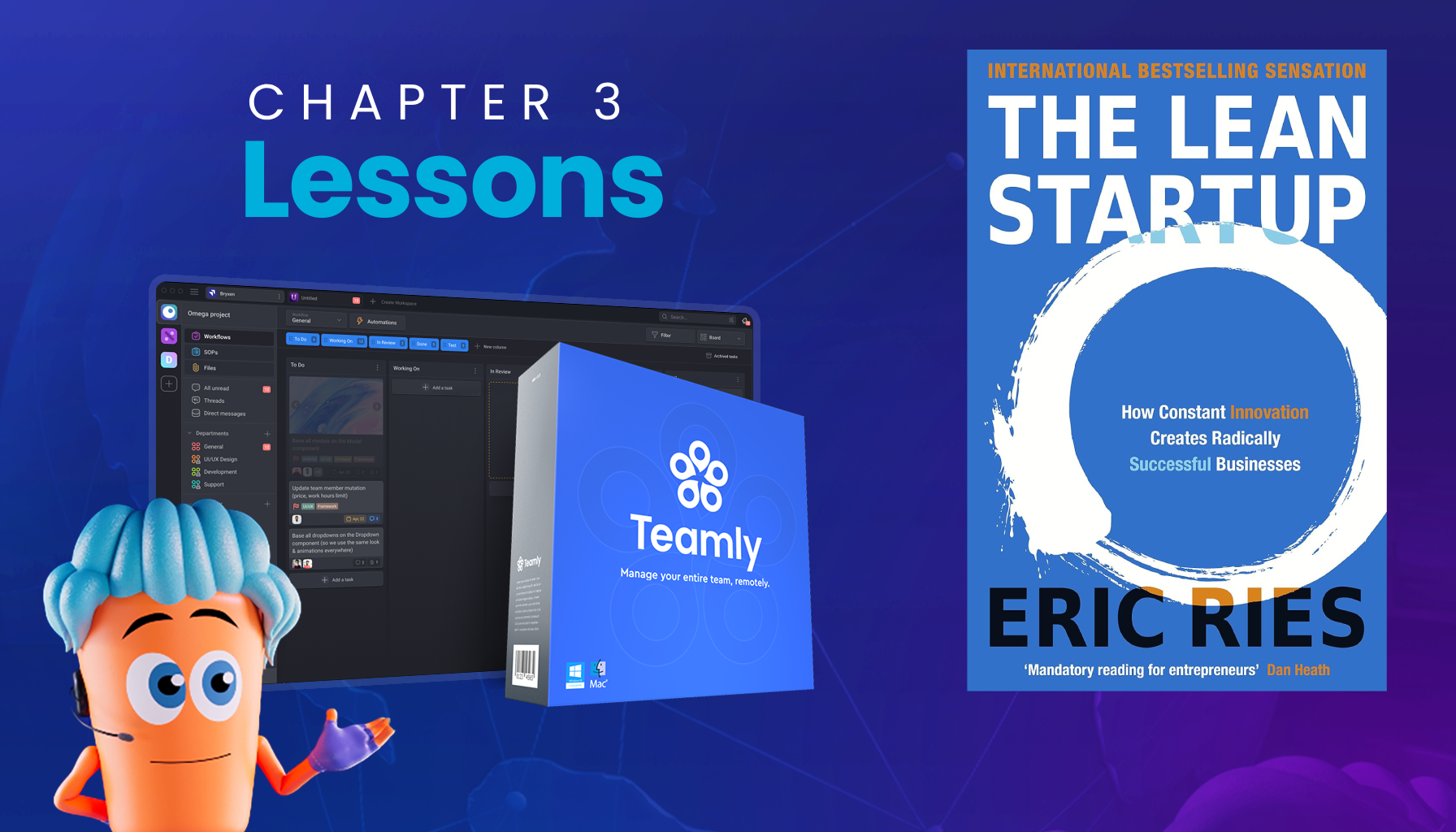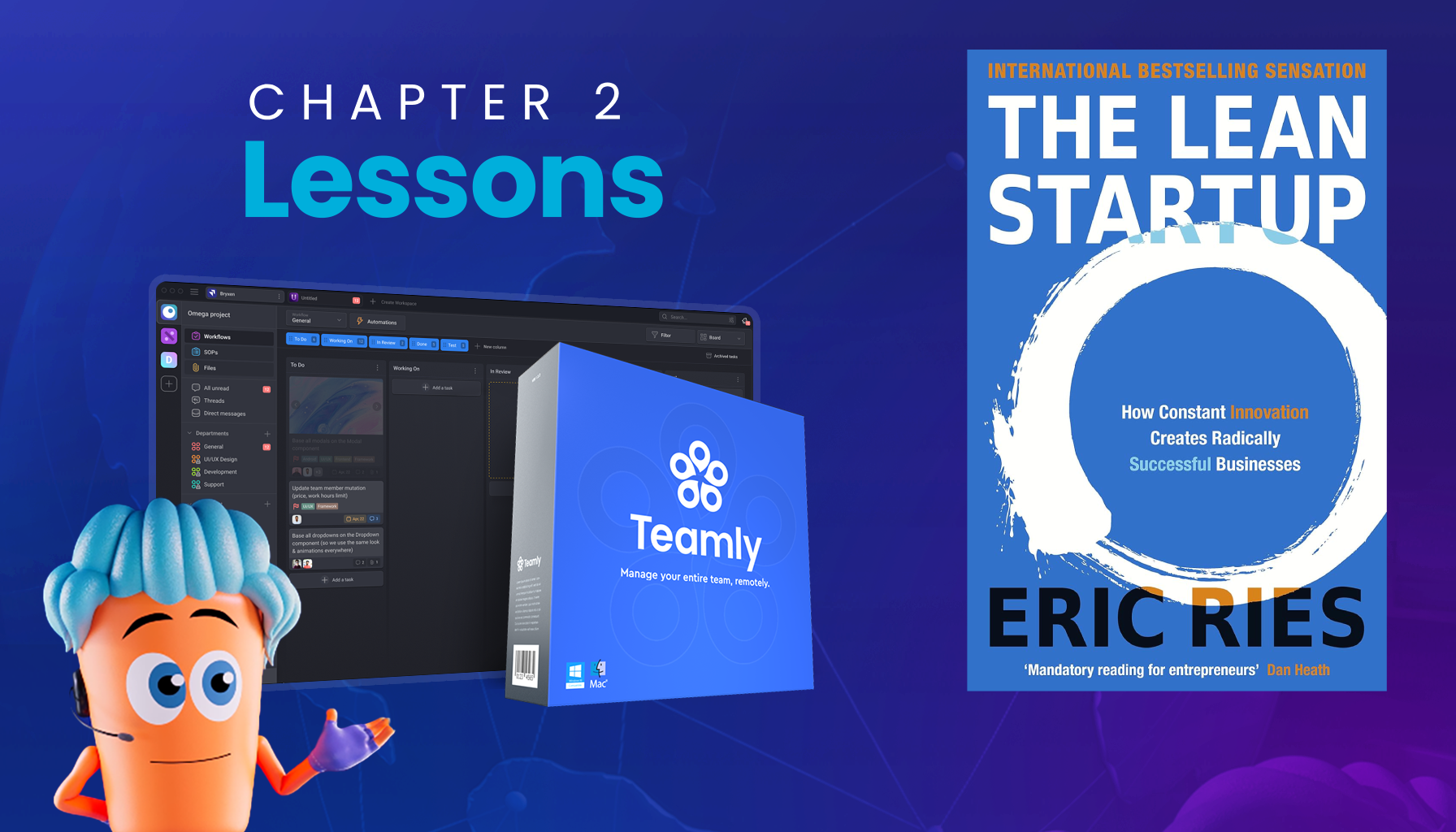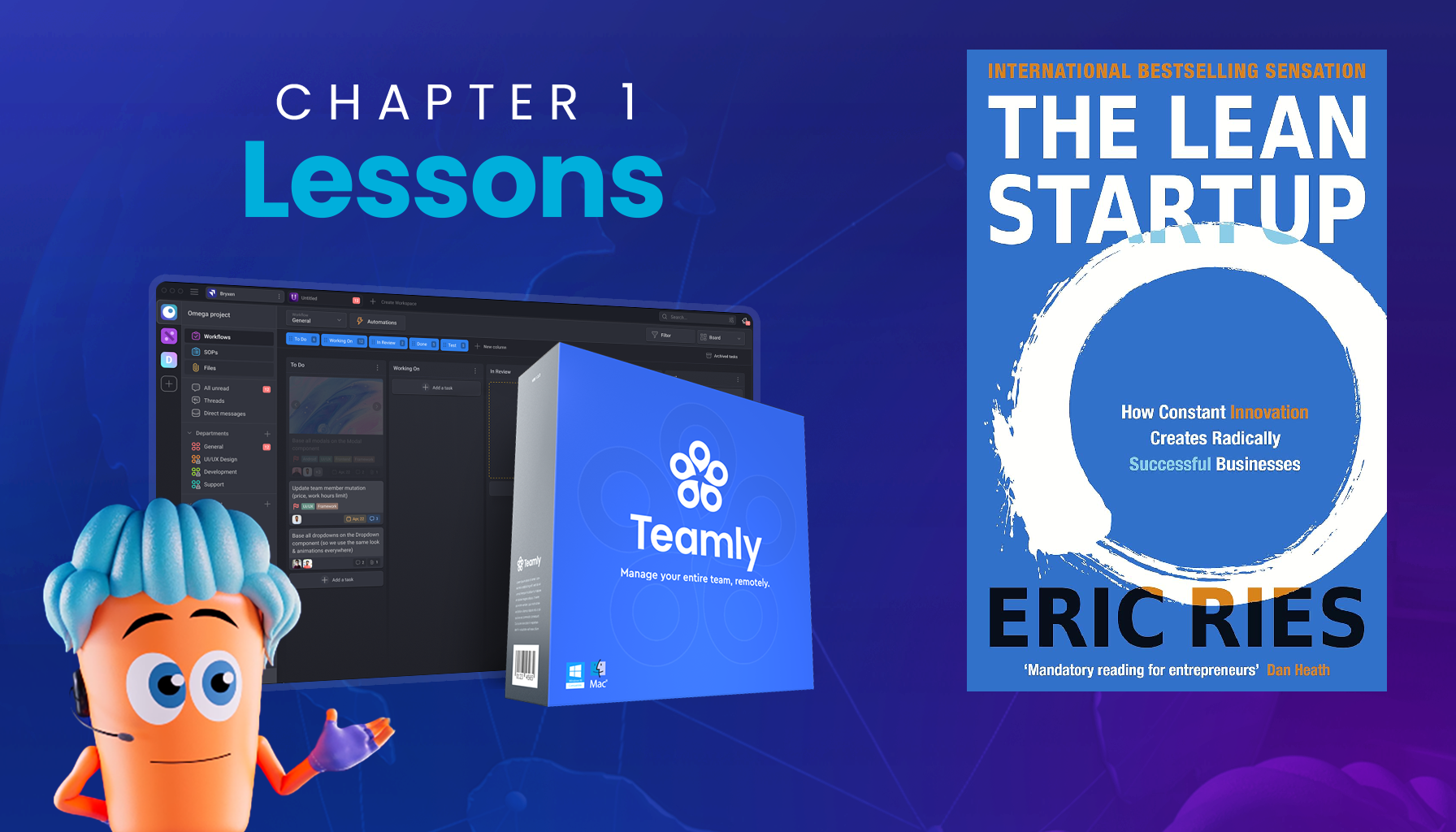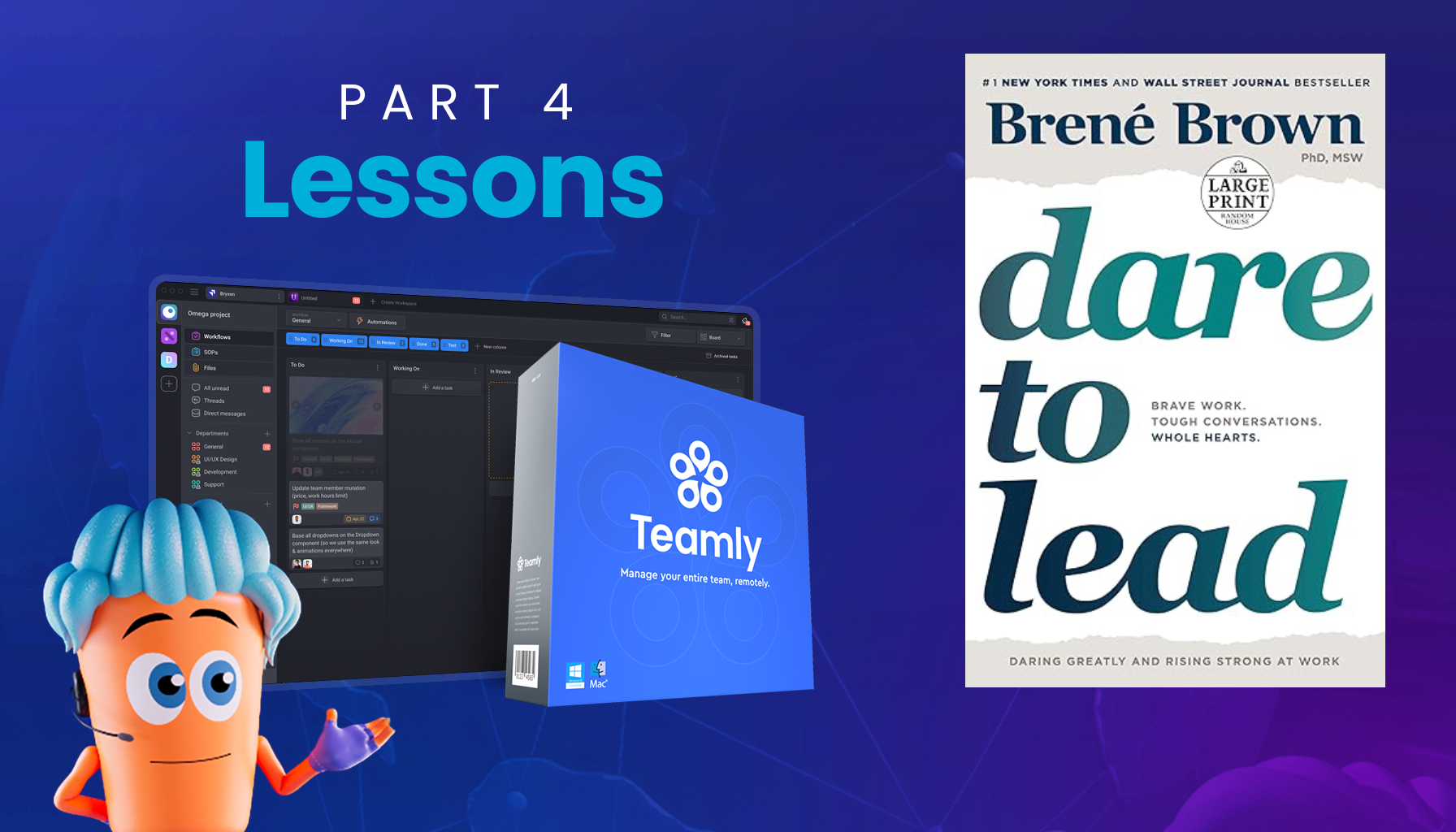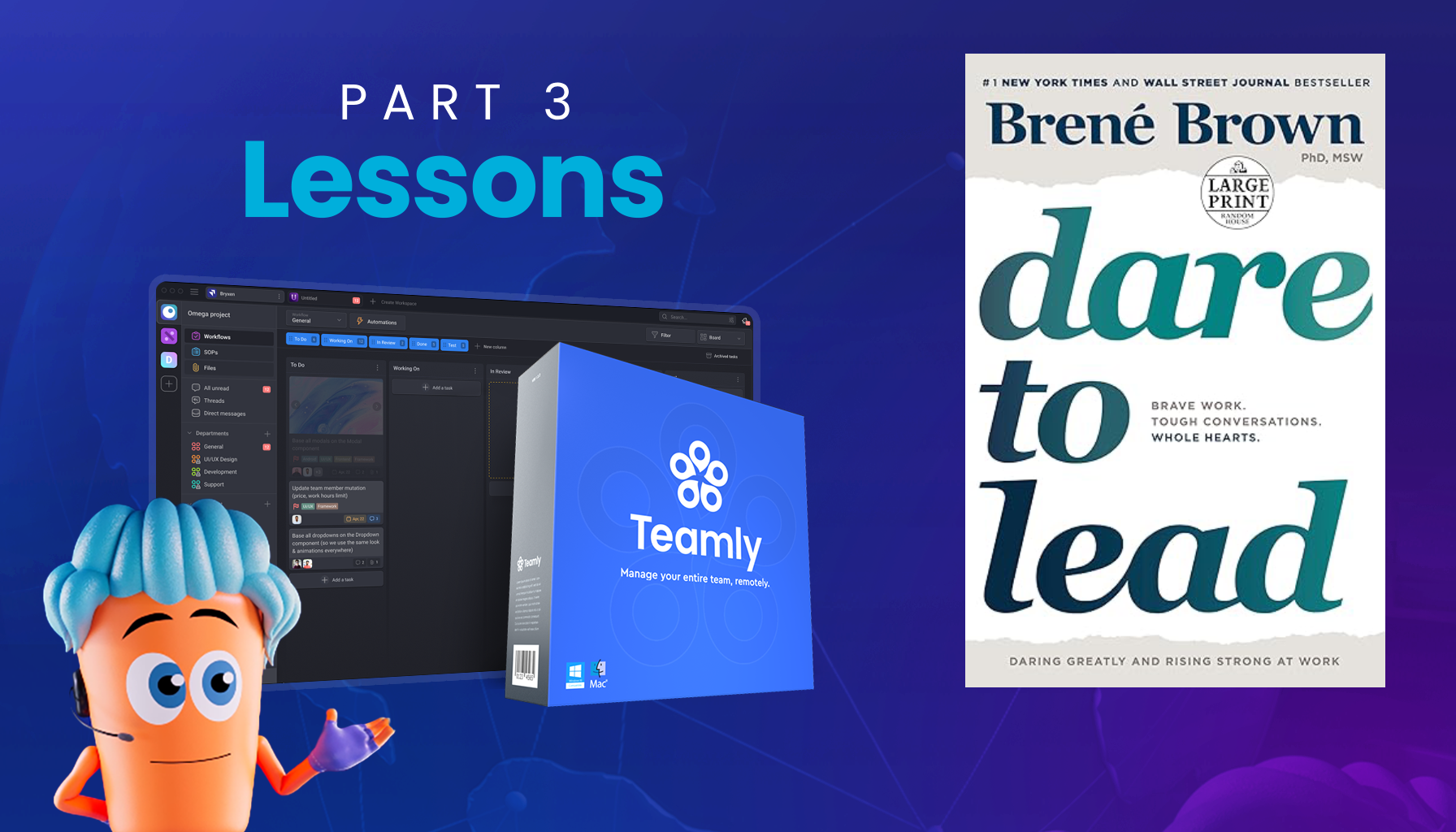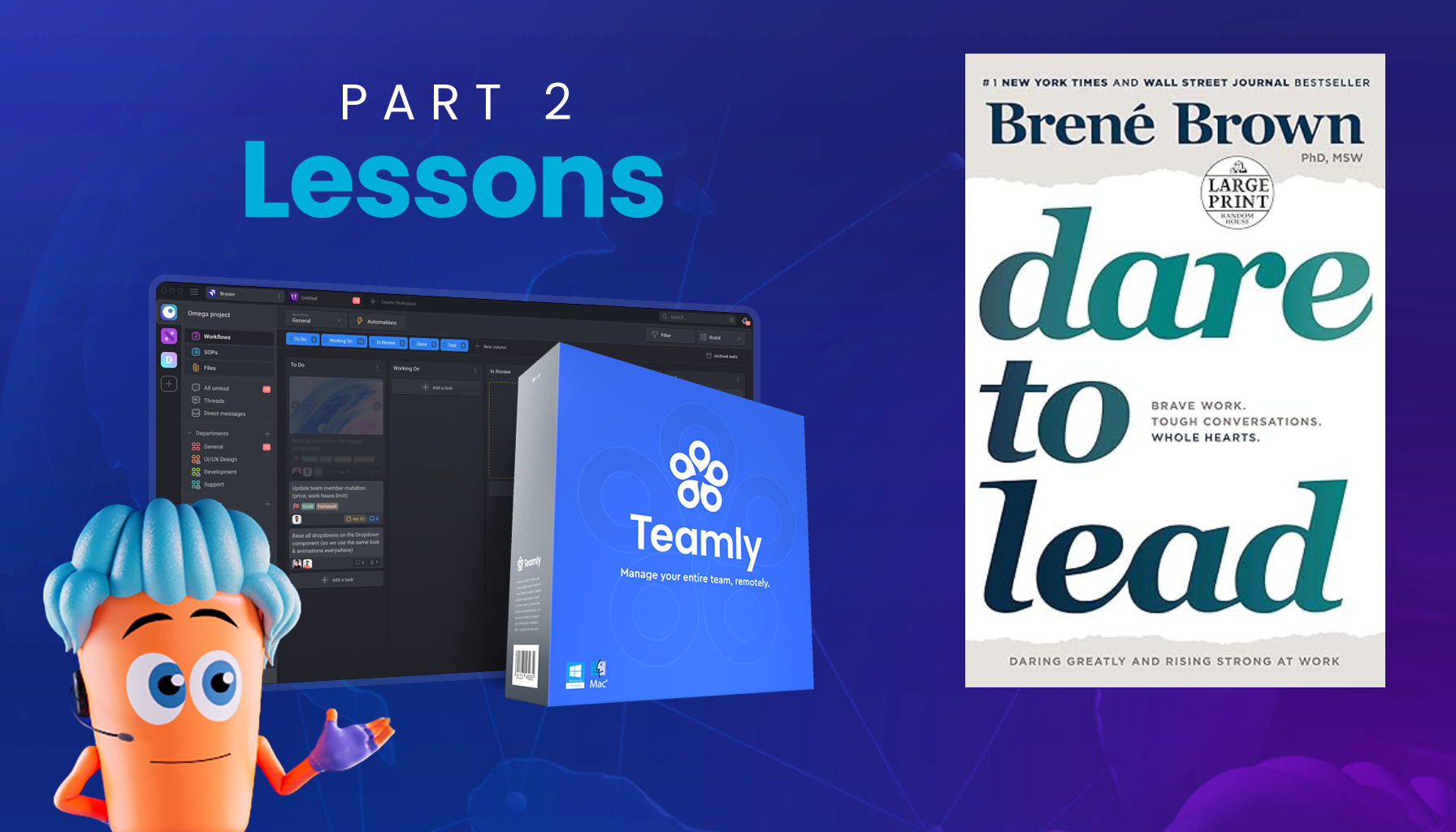Startups are not just about great ideas; they are about execution, learning, and adaptation.
Chapter 6 of The Lean Startup by Eric Ries provides a roadmap for navigating the uncertainties of entrepreneurship through actionable frameworks like Minimum Viable Products (MVPs), iteration, and innovation accounting. These tools empower startups to reduce waste, embrace failure as a learning opportunity, and align their efforts with what truly matters to customers.
These tools empower startups to reduce waste, embrace failure as a learning opportunity, and align their efforts with what truly matters to customers.

What Is a Minimum Viable Product (MVP)?
Minimum Viable Products are often misunderstood. They are not half-baked products thrown into the market; instead, they are tools for learning.
An MVP allows startups to test assumptions about their customers, market, and business model with minimal resources. The goal is to begin the Build-Measure-Learn feedback loop as quickly as possible and to validate—or invalidate—leap-of-faith assumptions.
For example, Dropbox’s MVP wasn’t even a functional product. Instead, it was a simple video demonstrating the core concept of file synchronization across devices.
This three-minute video attracted 75,000 beta signups overnight, proving that the problem Dropbox aimed to solve resonated deeply with potential users. It also showed how startups can achieve significant results by focusing on the core value proposition rather than building a complete product upfront.
Challenging Perceptions of Quality
Eric Ries dismantles the traditional notion of quality in Chapter 6. He argues that startups often don’t know what quality means to their customers.
Without this understanding, pouring resources into polished features can lead to waste. Instead, MVPs, even if considered “low-quality,” serve as vehicles for uncovering what customers actually value.
Consider IMVU, a startup developing virtual avatars. Initially, IMVU’s avatars were stationary because creating realistic movement was prohibitively expensive.
The team introduced a simple teleportation feature where users could click to move their avatars instantly. Surprisingly, customers loved this feature, describing it as superior to more complex systems like The Sims. This example illustrates how MVPs can reveal unexpected customer preferences, saving startups from unnecessary investments in unvalidated features.

The Iterative Power of MVPs
Iteration lies at the heart of the Lean Startup methodology. An MVP is not the endpoint but the beginning of a journey.
Feedback gathered from MVPs allows startups to refine their product or pivot to a different direction based on validated learning. This iterative process ensures that every step is informed by real-world insights.
Food on the Table (FotT), another example from the chapter, exemplifies this principle. The company began by serving a single customer, manually curating recipes and shopping lists based on their preferences.
This personalized approach helped FotT learn what worked before scaling the service.
By focusing on small, manageable experiments, FotT avoided the pitfalls of overbuilding and created a foundation for sustainable growth.
Scaling Under the Radar
One of the unique advantages startups have is their ability to operate under the radar. Unlike established brands that risk reputation damage from publicized failures, startups can quietly test their ideas with a small, targeted audience.
Chapter 6 highlights this as a crucial phase for experimentation.
By the time startups are ready for a public launch, they’ve already gathered data, refined their product, and minimized the risk of failure.
This stealth phase is not about avoiding scrutiny but about creating a product that is ready to meet customer needs without wasting time on assumptions.

Overcoming Traditional Mindsets
One of the barriers to adopting the MVP approach is the traditional “go/kill” mindset prevalent in many organizations.
In this model, a failed MVP often leads to project abandonment. Chapter 6 reframes failure as a learning opportunity. If an MVP doesn’t perform as expected, it’s not a reason to give up but an invitation to iterate, pivot, and improve.
This shift in perspective requires a cultural change within teams. Instead of fearing failure, teams are encouraged to embrace it as part of the process.
As Eric Ries puts it, “Success is not delivering a perfect product; success is learning how to solve the customer’s problem.”

Innovation Accounting: Measuring Progress
How do startups measure success when traditional financial metrics don’t apply?
The answer lies in innovation accounting, a concept introduced in Chapter 6. This framework focuses on learning milestones rather than revenue or profit, ensuring that startups stay aligned with their long-term vision.
Innovation accounting helps bridge the gap between stakeholders and the startup team. By demonstrating progress through validated learning, startups can reassure investors that their efforts are yielding valuable insights.
This approach also encourages startups to prioritize learning over short-term gains, creating a solid foundation for sustainable growth.
At Teamly, similar principles guide how teams collaborate and track progress. By focusing on what truly matters, businesses can streamline their workflows and achieve their goals faster.
Learn more about how Teamly supports innovation and collaboration at our website.

Preparing for the Challenges of MVPs
While MVPs are powerful tools, they are not without challenges. Chapter 6 acknowledges the discomfort of receiving negative feedback or encountering false negatives.
However, this is where the growth happens. Startups that persevere through these challenges and continue to iterate are the ones that succeed.
By embracing the MVP mindset, startups can de-risk their ventures, focus on what matters most to customers, and build products that stand the test of time.
The Lean Startup methodology is not just a framework; it’s a philosophy that prioritizes learning, adaptability, and innovation.
Get your copy of The Lean Startup here.
